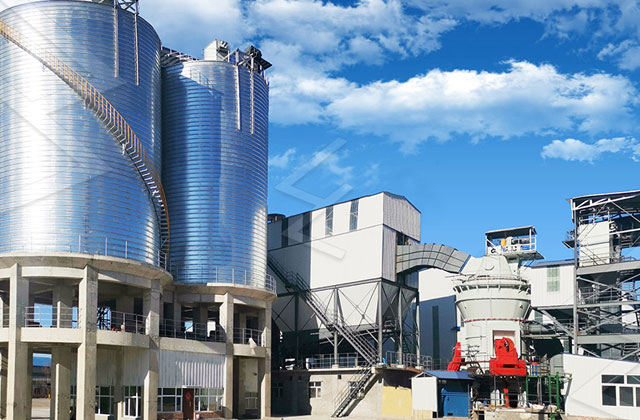Ultrafine mills are a type of grinding equipment used for processing materials into extremely fine powders. The mill is designed to grind materials to a size below 10 microns, making it ideal for use in industries such as pharmaceuticals, cosmetics, chemicals, and food processing.

To achieve the desired ultrafine grinding result, the choice of material is crucial. The material to be ground should have the following characteristics:
- Hardness and Abrasiveness: The material should be hard and abrasive, as softer materials tend to clog the mill and cause it to operate inefficiently. Materials like limestone, calcite, dolomite, marble, barite, and gypsum are suitable for ultrafine grinding.
- Mohs Hardness: The Mohs hardness scale measures the hardness of minerals and materials. For ultrafine grinding, materials with a hardness of 7 or below are recommended. Materials with a higher hardness, such as diamonds or corundum, are too hard to be processed by the mill.
- Particle Size: The initial particle size of the material is also an important consideration. The ideal particle size is less than 5 mm, and materials with a larger particle size need to be crushed or ground before being processed in the ultrafine mill.
- Moisture Content: The moisture content of the material is also important. Materials with high moisture content tend to stick together, making it difficult to achieve the desired ultrafine grinding result. To achieve the best results, materials should have a moisture content of less than 5%.
- Chemical Composition: The chemical composition of the material can also affect the performance of the ultrafine mill. Some materials may react with the grinding media or the mill itself, leading to contamination or damage. It is important to select materials that are chemically compatible with the mill.
Based on these characteristics, some of the materials that are suitable for ultrafine grinding include:
- Minerals: limestone, calcite, dolomite, marble, barite, gypsum, talc, mica, quartz, feldspar, kaolin, bentonite, etc.
- Chemicals: pigments, dyes, fillers, pesticides, herbicides, insecticides, fertilizers, etc.
- Pharmaceuticals: active pharmaceutical ingredients (APIs), excipients, powders, etc.
- Cosmetics: pigments, fillers, powders, etc.
